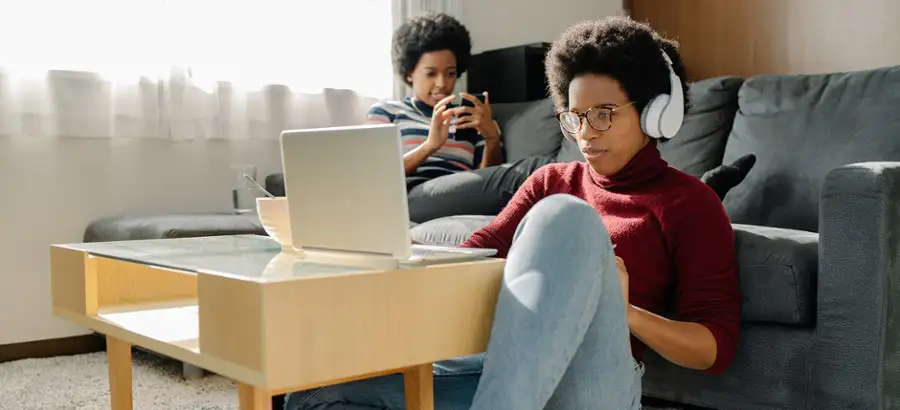The Role of Technology in Achieving Equity

By Jacquelyn Bailey, Vice Chancellor for Information Technology, Minnesota State
Angelia Millender, President, Century College
Scott Olson, President, Winona State University
May 4, 2022
Over the next five years, Minnesota State, the third largest system in the United States, will deploy a commercial modern technology solution systemwide. This project has been put into place in response to obsolete technology in its legacy system; a desire to have a more robust and relevant technology ecosystem supporting student success; an increased importance of educational equity and access; and a need to provide equitable access to data.
Powered by Workday, NextGen will link all 54 campuses and serve as a unified administrative technology system that improves the student experience and streamlines enterprise-wide business processes in student services, finance, and human resources.
A more thoughtful, intentional, and strategic, systemwide approach is also being developed around data democratization ahead of the NextGen initiative. How we store and provide access to data and insights systemwide is key to how we will configure and build the tenancy.
It’s hard not to be excited about a transformation like this. But as exciting as it is, we have to keep in mind that enhanced technology alone isn’t going to guarantee that we’ll meet our Equity 2030 goals.
Amazing technology isn’t much use if you can’t access it, so equitable access to an enhanced technological ecosystem must be a priority for Minnesota State. This became very clear during the pandemic. As the world went into lockdown in March 2020, many assumed that students had equal access to technology, which was quickly proven wrong. It became ever more apparent that access to technology is not equitable:
- Access to a device at home may be limited or may not exist: The reality is that if students have a computer at home, it might not always be available because it’s shared with multiple members of the family. And even if students have their own computer, work or family obligations may limit the time they have for accessing a device. Some students must go to a library (on or off campus) to access technology and/or the internet.
- Access to available, affordable, and reliable broadband should not be assumed: Not every student has access to broadband. We have students living in rural areas where access to broadband may not be accessible, and, if it is, it might not be consistent and/or reliable. It also cannot be assumed that, if accessible and consistent broadband does exist, it is affordable. Paying for access to broadband to connect devices might not be a high priority item when grappling with paying for other needed items such as food and housing.
- Access to a device or connectivity may entail transportation challenges: Not every community has a library or other access area that’s conveniently located, and if students access these areas via public transportation, that can eat up time and money students don’t always have.
The reality is that technology can be both a solution and the source of a new problem. If we’re not careful, we run the risk of creating, rather than eliminating, equity gaps. So, as we move forward with Equity 2030, we must foreground equitable access to technology for students, faculty, and employees while we put in place a new technology landscape. We must also foreground equitable access to technology across our colleges and universities with sophisticated technologies underpinning the same and consistent high level of service and support our students can come to expect. Where a student goes to school shouldn’t matter – whether it’s the largest university or the smallest community college within the Minnesota State system, students must have the same access.
We know we must build a new technology landscape, and we are well on our way with NextGen. We know that access to that landscape must be equitable, and our Equity 2030 framework guides us in this work.
Times and technologies have changed, and Minnesota State recognizes that and has chosen to both acknowledge and rise to the challenge of that change by implementing a bold and innovative technology solution. The transformation that NextGen promises to bring will be here sooner than we imagine. So will 2030.